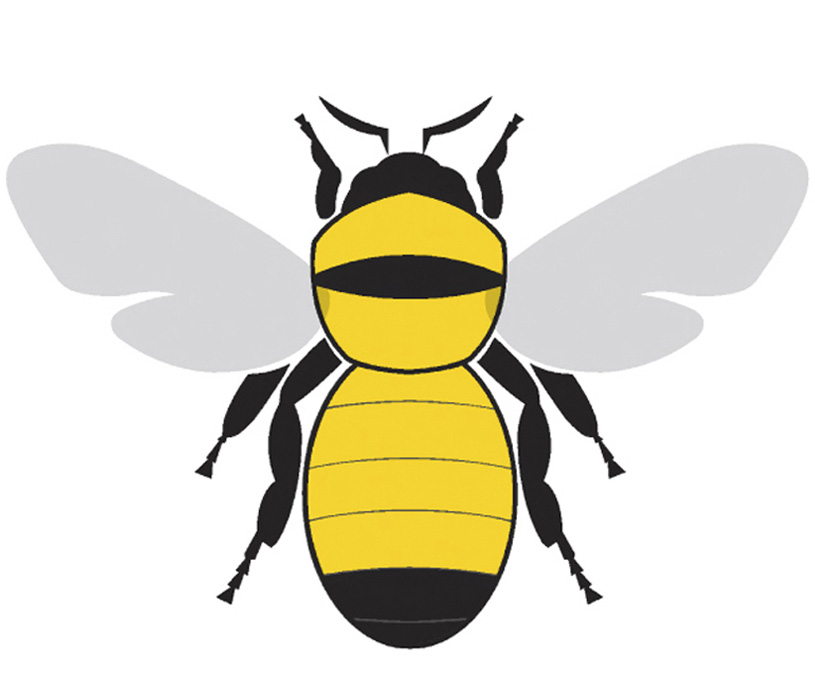
One of the simplified illustrations from Texas Bumble Bees, which make bumble bee identification a snap.
As the season tilts toward spring in Texas I begin to look forward to the increase in insect activity. Not the pest activity, like mosquitoes and fire ants, but the vast majority of insects that are either harmless or who actively benefit us in one or more ways.
Bumble bees are among those creatures which are mostly beneficial to people, though many of us have little appreciation for the gifts they give. In fact, according to Texas Parks and Wildlife biologist Michael Warriner, it’s been 100 years since anyone has devoted a significant amount of research to Texas bumble bees and their importance to the ecology.
Unlike honey bees, which are relative newcomers to our North American landscape, bumble bees and the many other species of native bees, have evolved alongside our native plants. As a result they are excellent pollinators, ideally adapted to the Texas landscape.
Warriner’s website, Texas Bumblebees, lays out the case for why bumble bees are important and why we find them threatened in many areas today. It’s also a great site for learning more about these important insects, and how to identify the eight species of bumble bees common in the state. Also check out the podcast on Warriner through Cecelia Nasti’s blog Field & Feast.
Check it out, and keep your eyes peeled for the first bumble bee of the year–a sure sign of spring.
